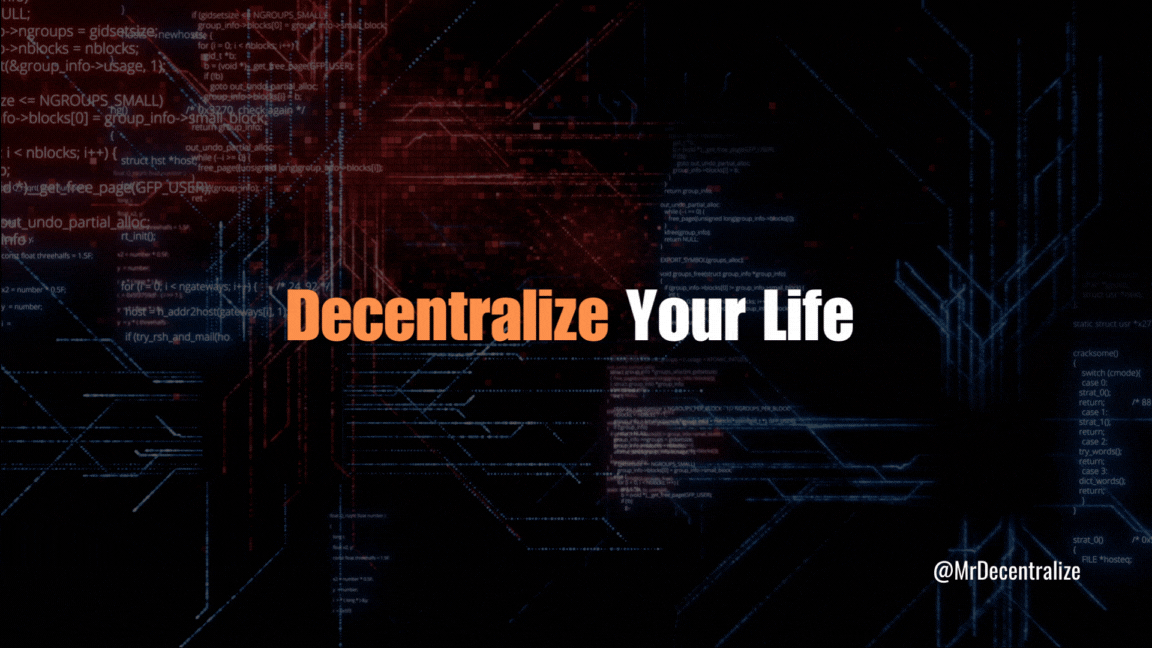What if the key to Bitcoin's future isn't in its price, but in the power behind it?
𝗕𝗶𝘁𝗰𝗼𝗶𝗻'𝘀 𝗵𝗮𝘀𝗵𝗿𝗮𝘁𝗲, 𝘁𝗵𝗲 𝗽𝗼𝘄𝗲𝗿 𝘁𝗵𝗮𝘁 𝗸𝗲𝗲𝗽𝘀 𝘁𝗵𝗲 𝗕𝗶𝘁𝗰𝗼𝗶𝗻 𝗻𝗲𝘁𝘄𝗼𝗿𝗸 𝘀𝗲𝗰𝘂𝗿𝗲, 𝗶𝘀 𝘀𝘁𝗮𝗿𝘁𝗶𝗻𝗴 𝘁𝗼 𝗰𝗮𝘁𝗰𝗵 𝘁𝗵𝗲 𝗲𝘆𝗲 𝗼𝗳 𝗶𝗻𝘃𝗲𝘀𝘁𝗼𝗿𝘀 𝗳𝗼𝗿 𝗶𝘁𝘀 𝘂𝗻𝗶𝗾𝘂𝗲 𝗽𝗼𝘁𝗲𝗻𝘁𝗶𝗮𝗹. Unlike traditional investments, hashrate is something you can buy into without having to own mining equipment yourself. This makes it an appealing option for those who want to get involved in Bitcoin mining but don’t have the space or resources for hardware. It’s like buying a share in the work that keeps the network running, and it offers a way to manage risks with financial tools like derivatives. But it's not all smooth sailing. The value of hashrate is closely tied to the price of Bitcoin and how profitable mining is. This means its value can go up and down with market changes. Plus, there are regulatory hurdles to navigate, which could affect how easily you can invest in hashrate.
The big question here is: As Bitcoin continues to evolve, will the potential rewards of investing in hashrate outweigh the risks and regulatory challenges? This new asset class could become more prominent, offering fresh opportunities for investors and driving innovation in capital markets.




